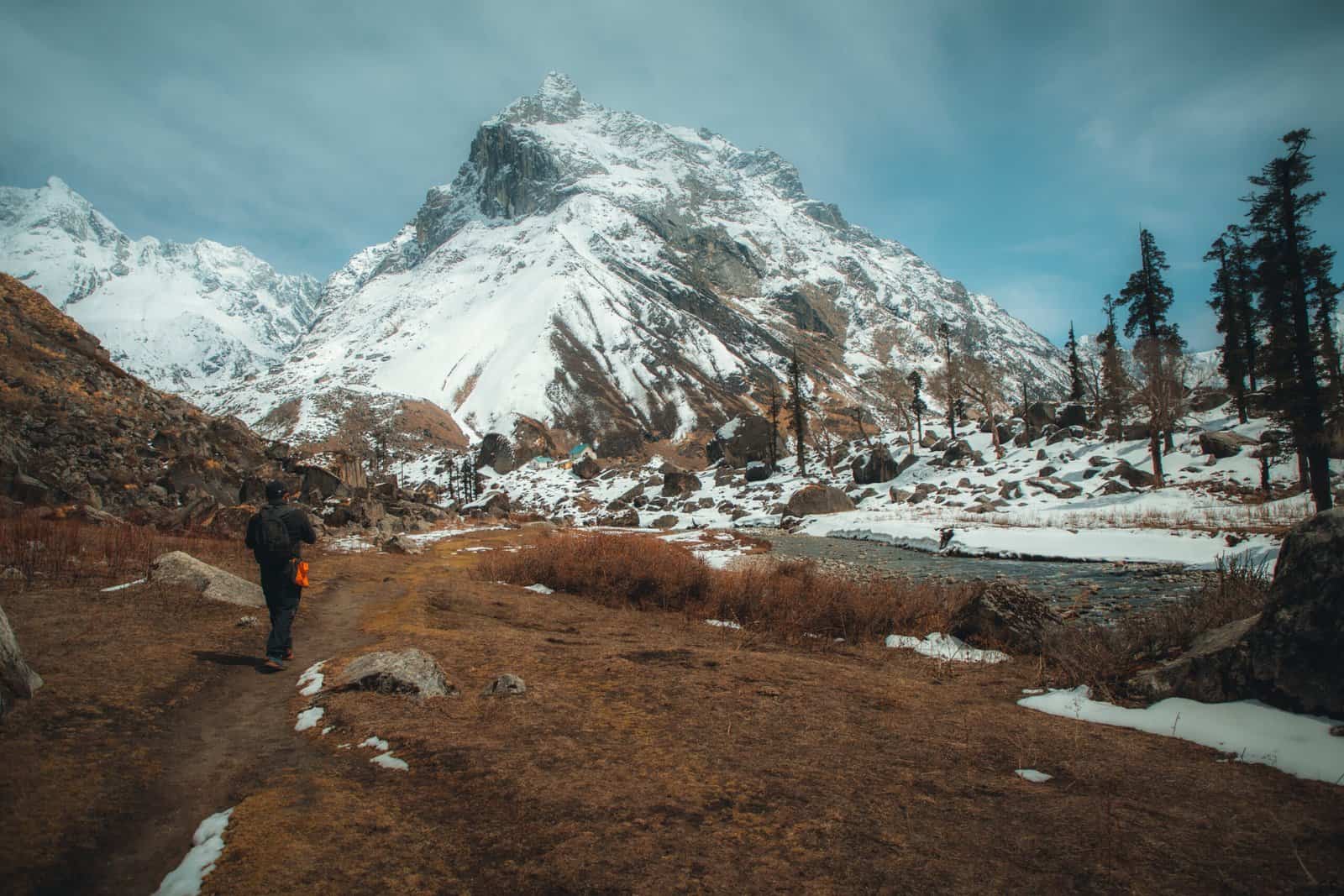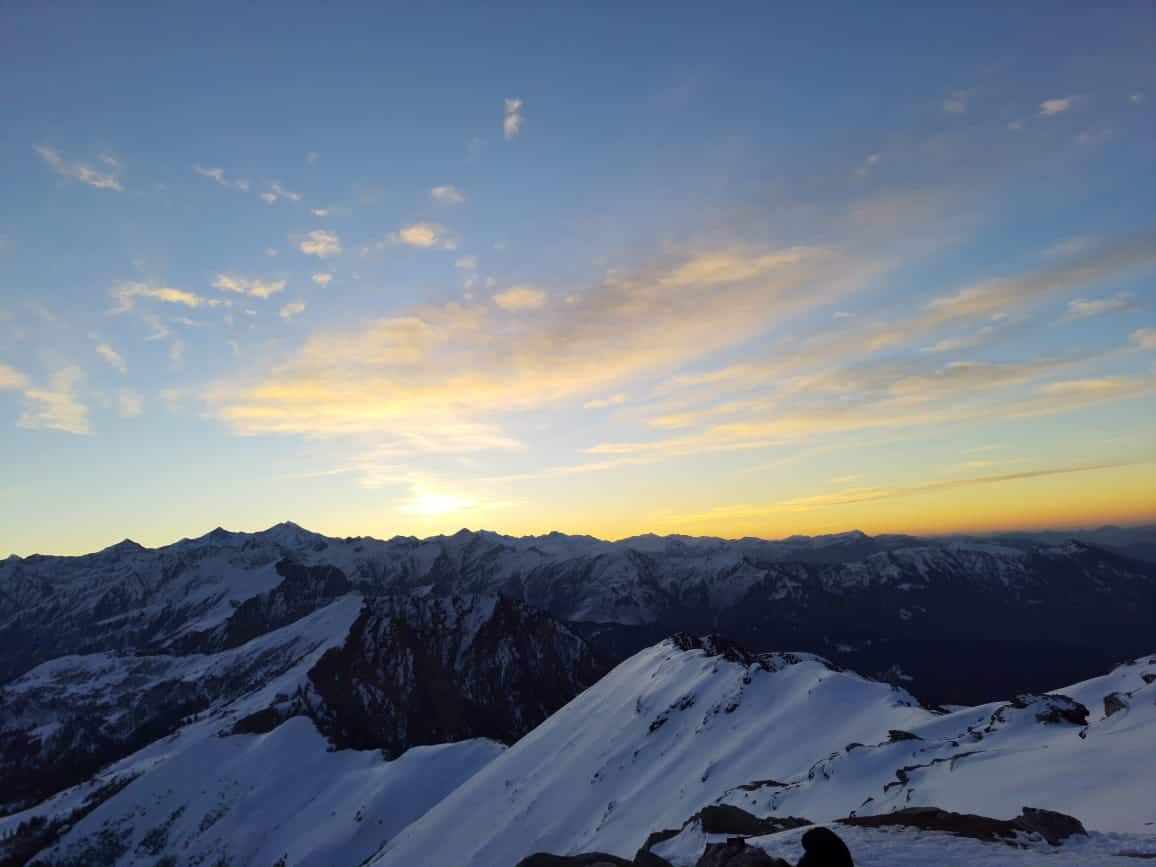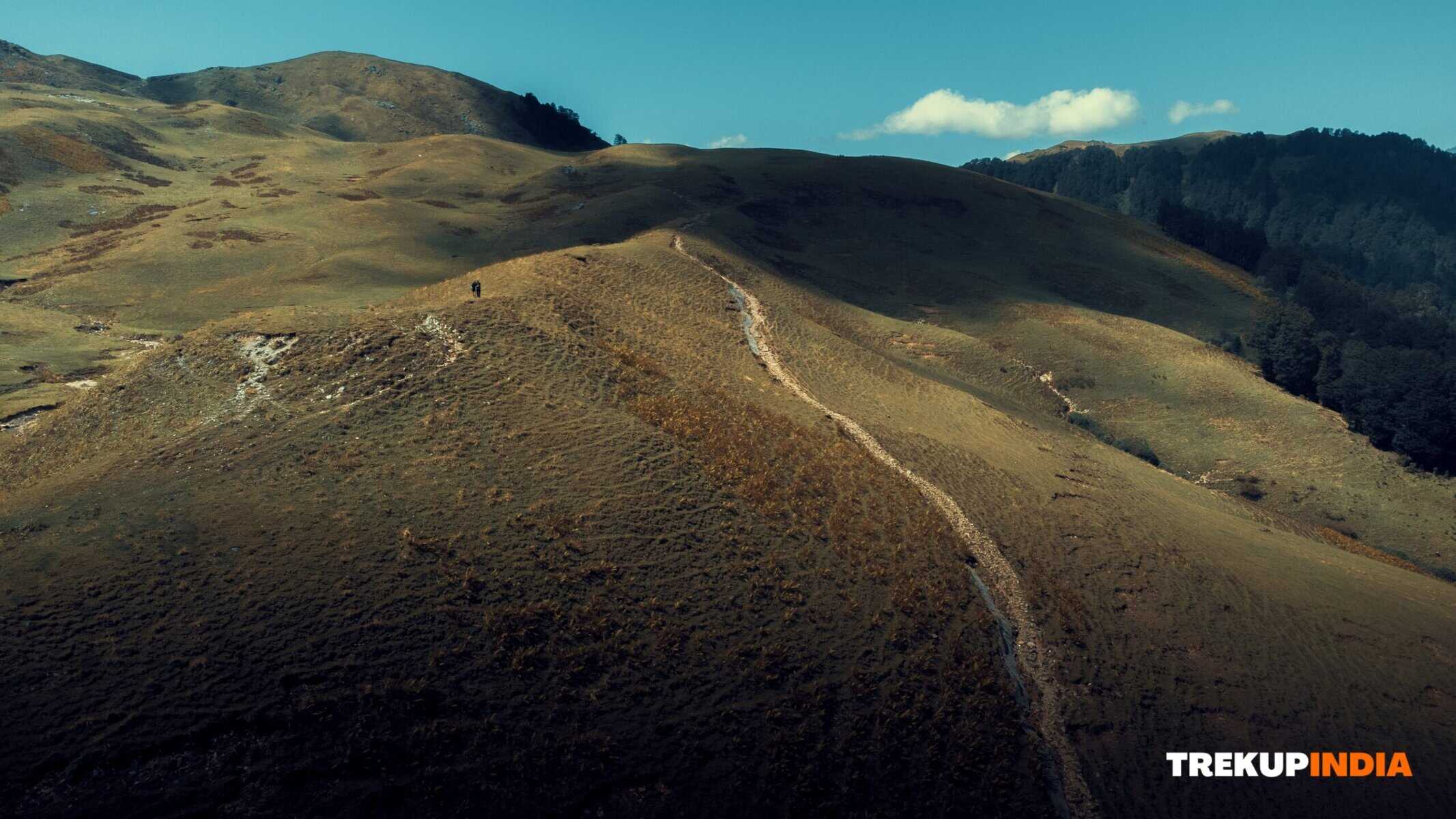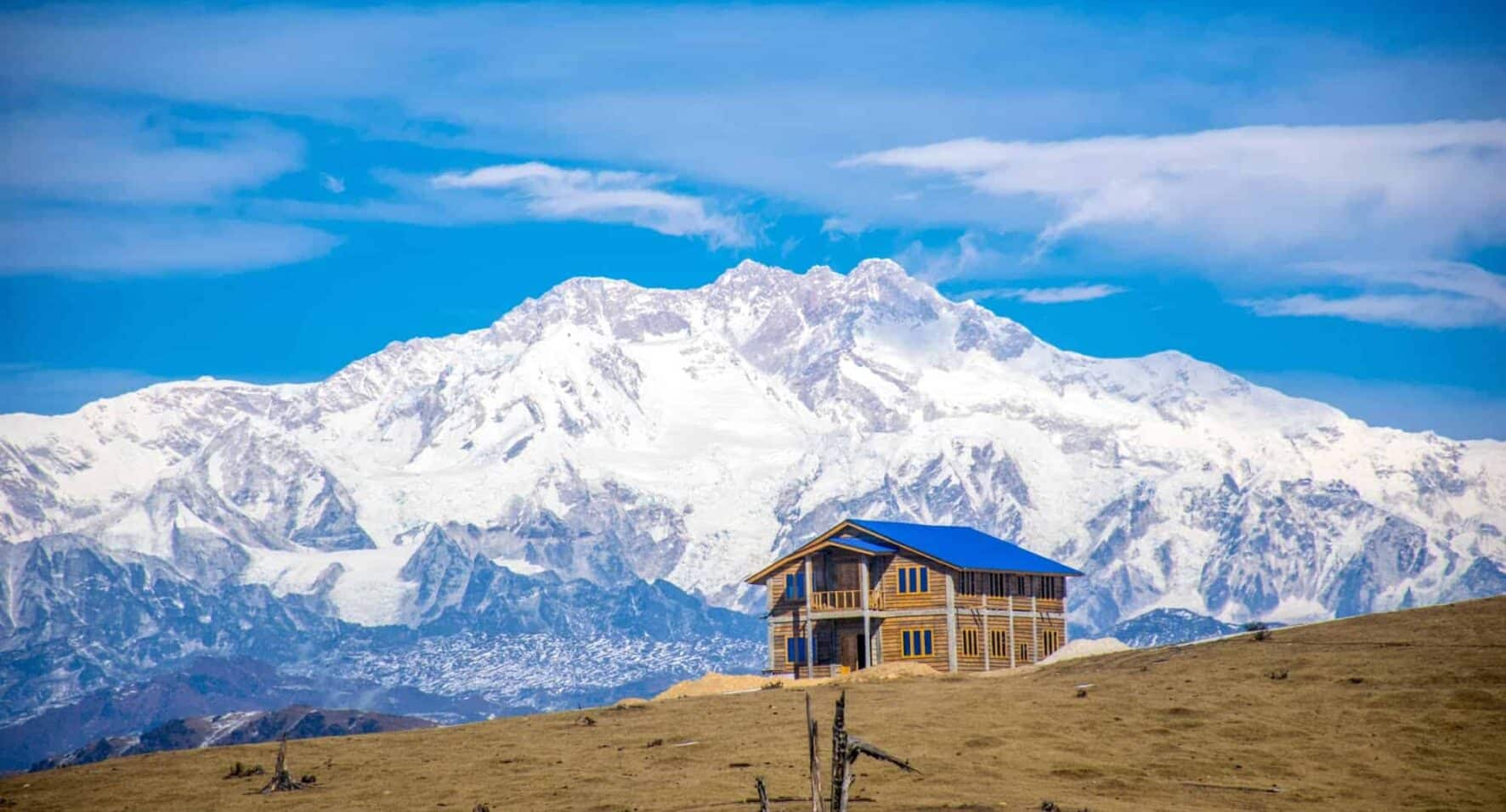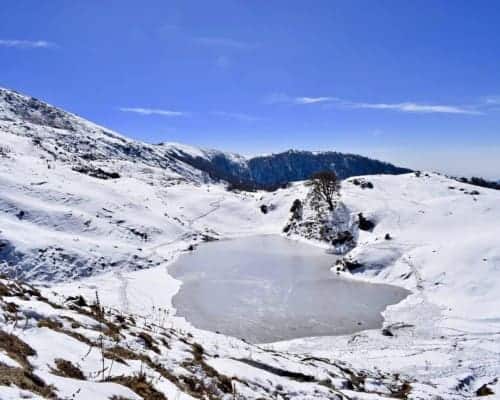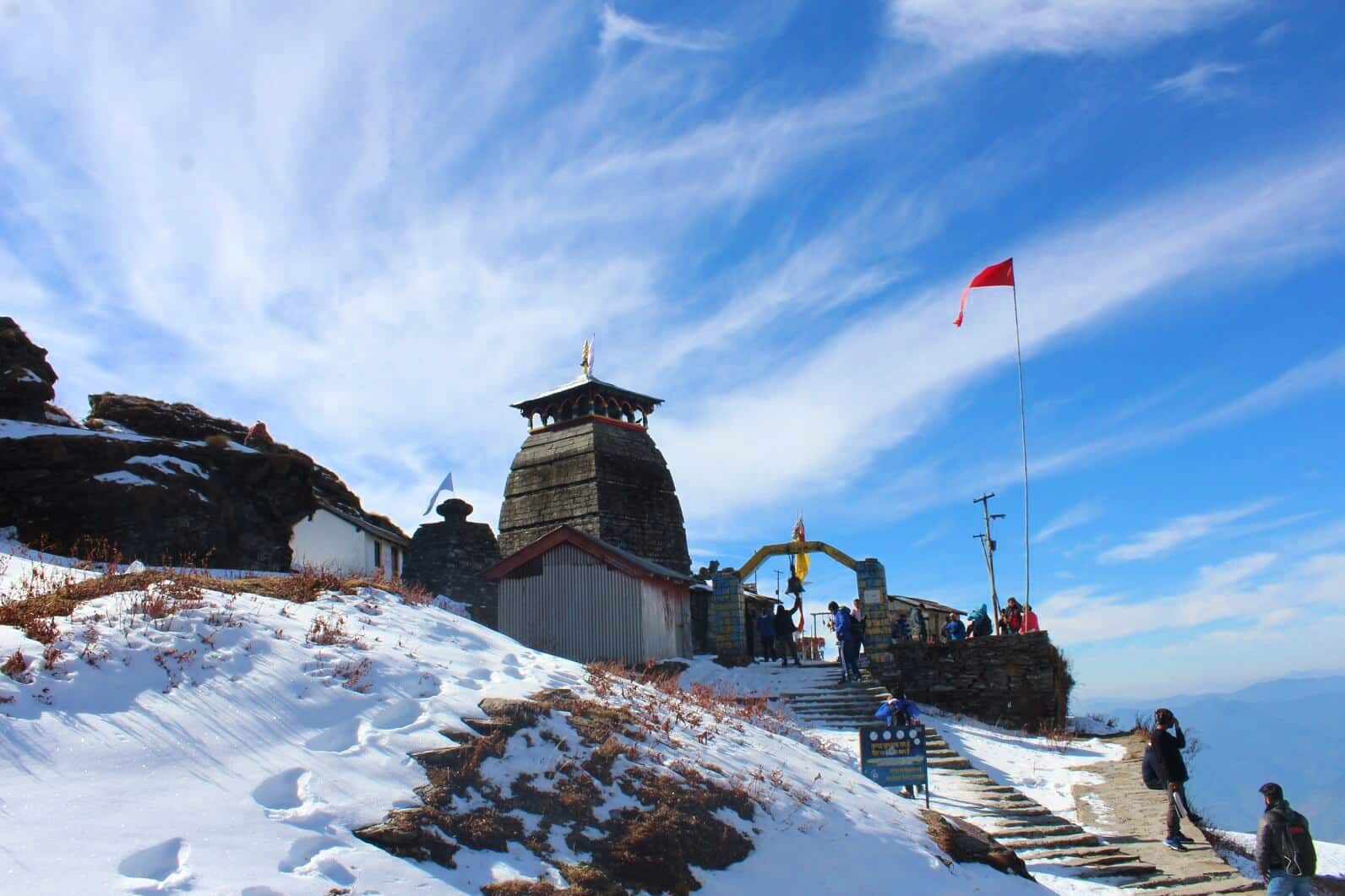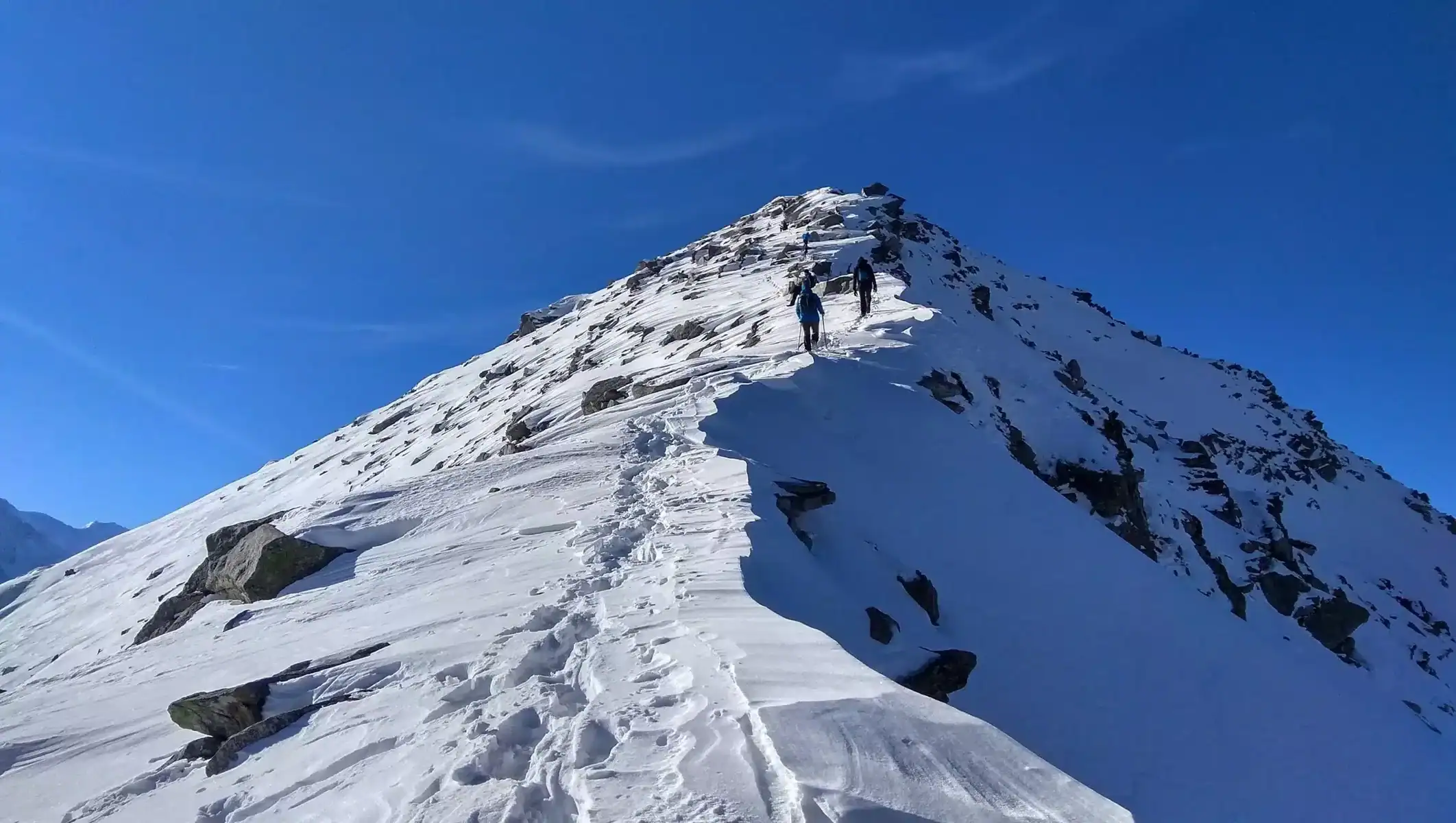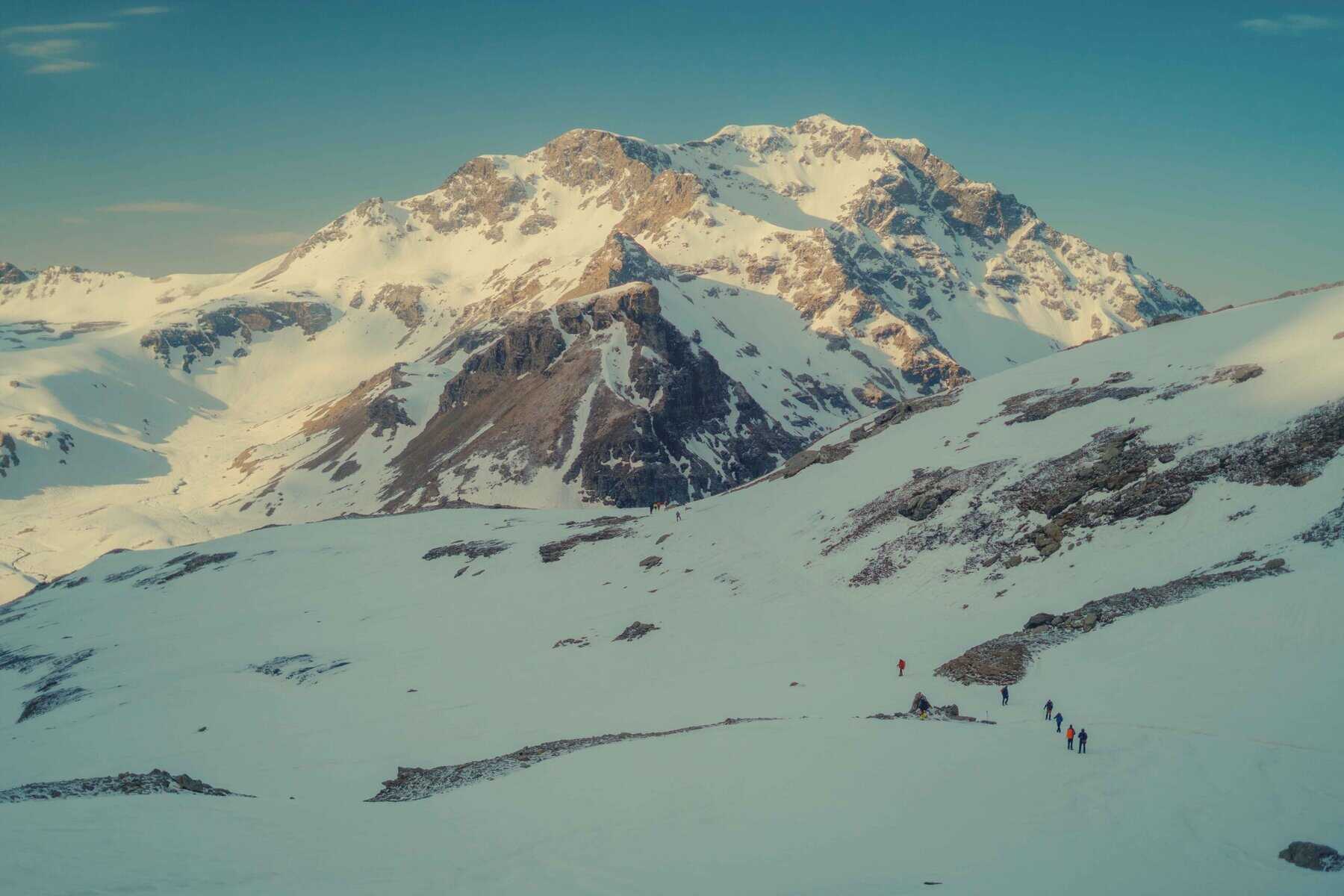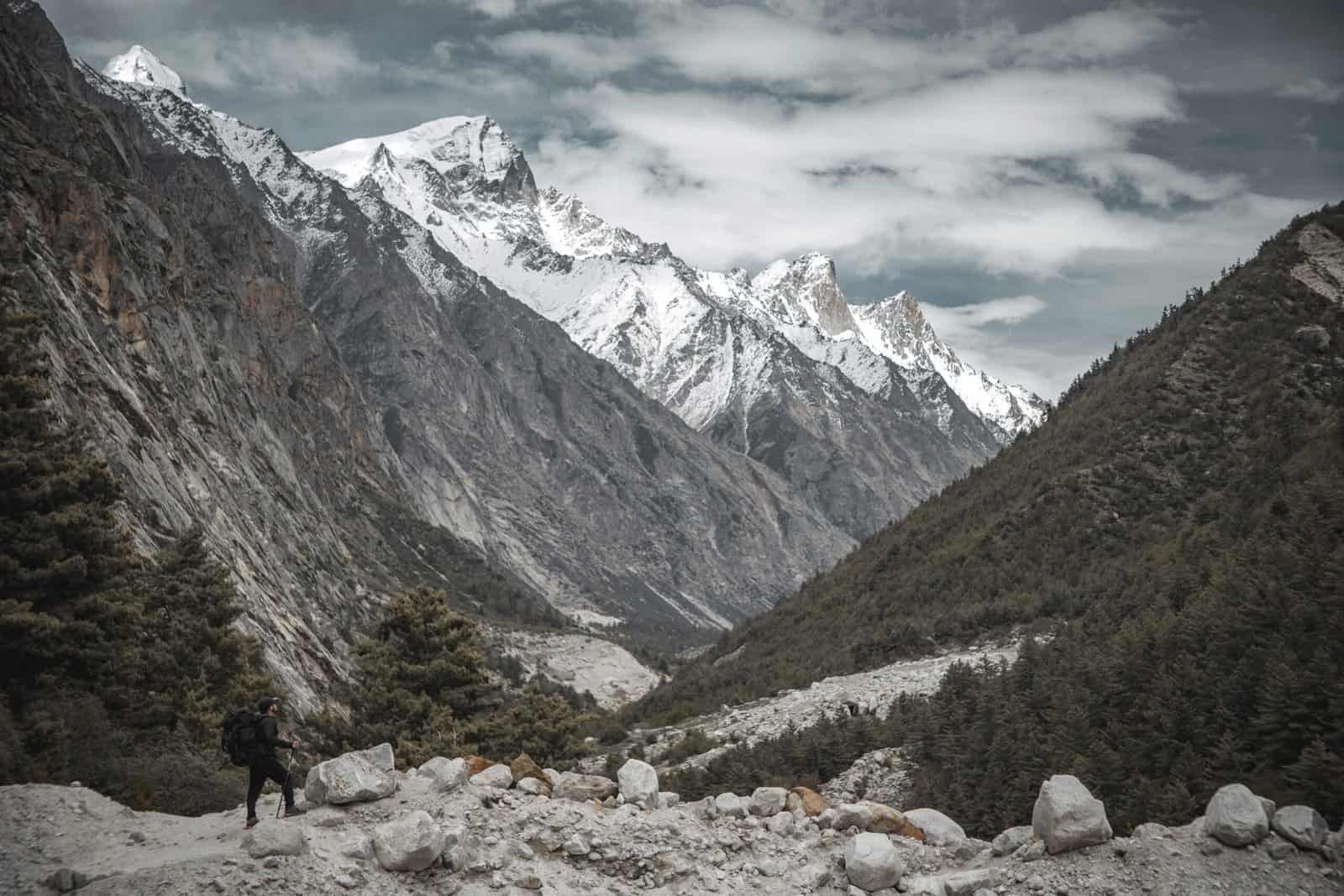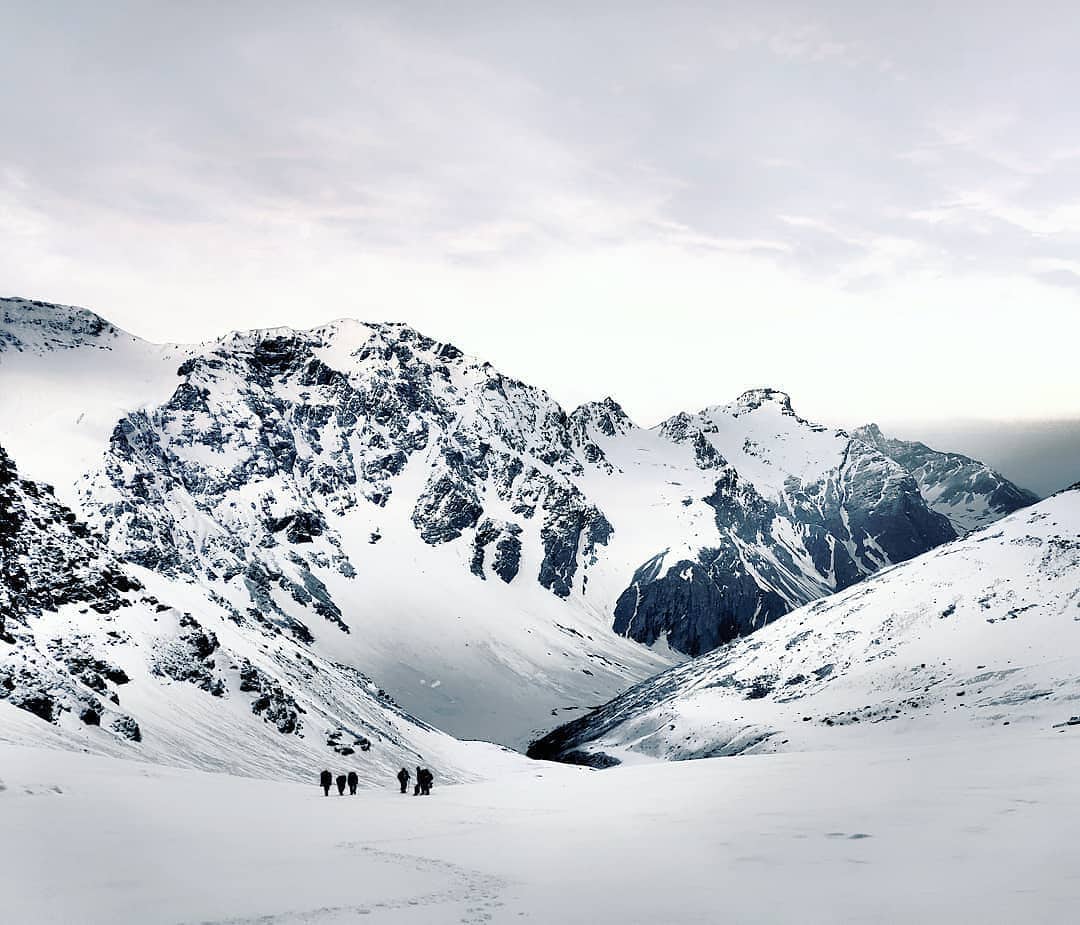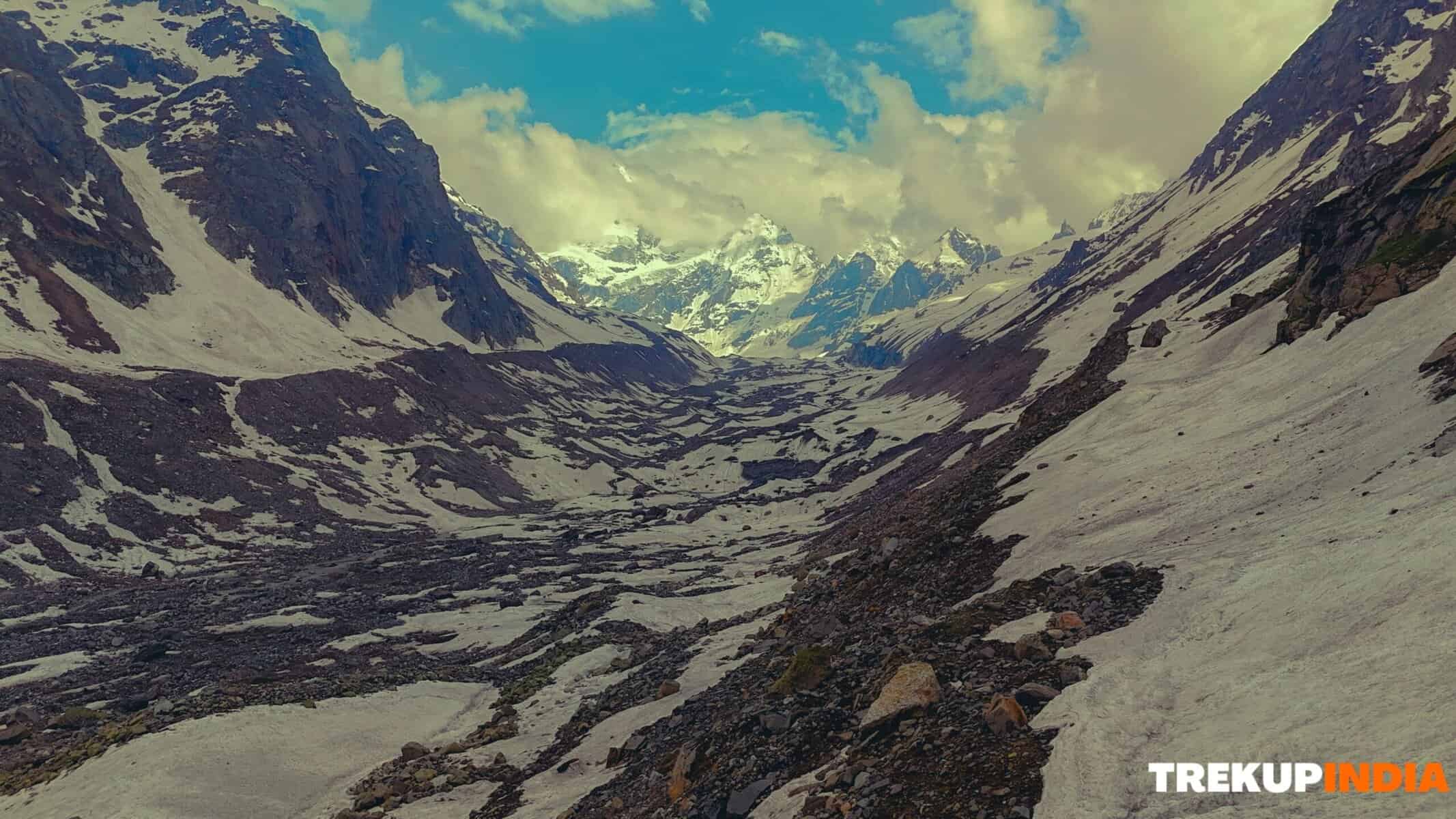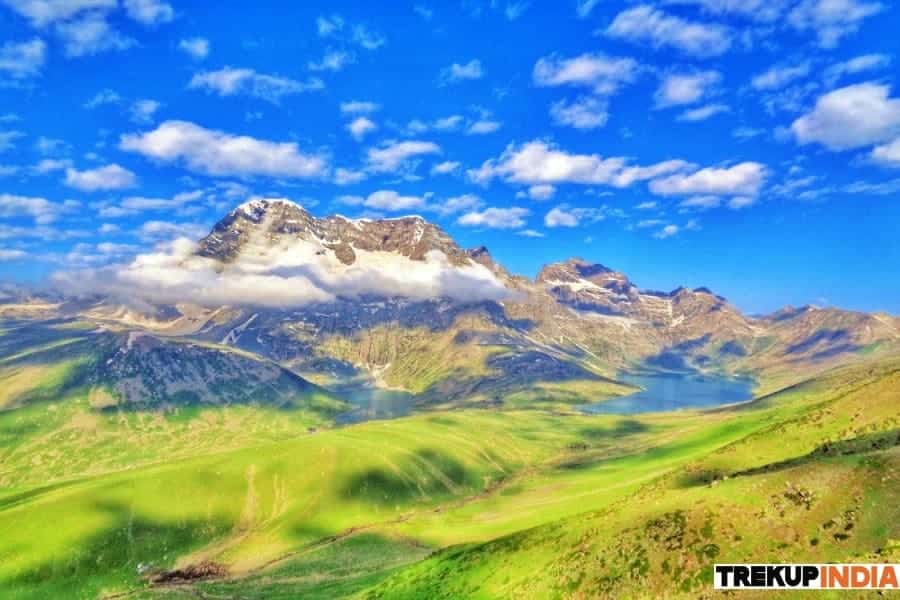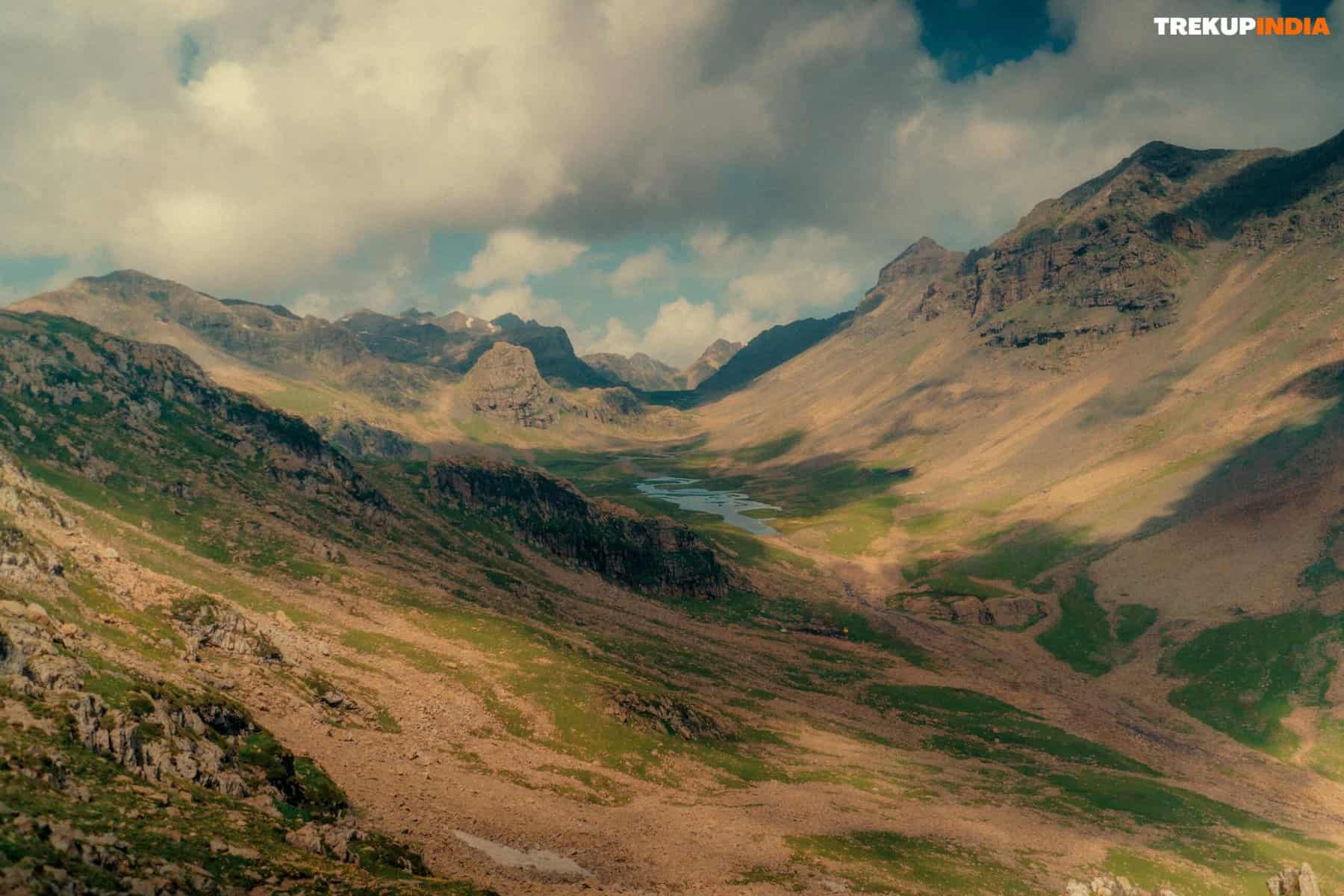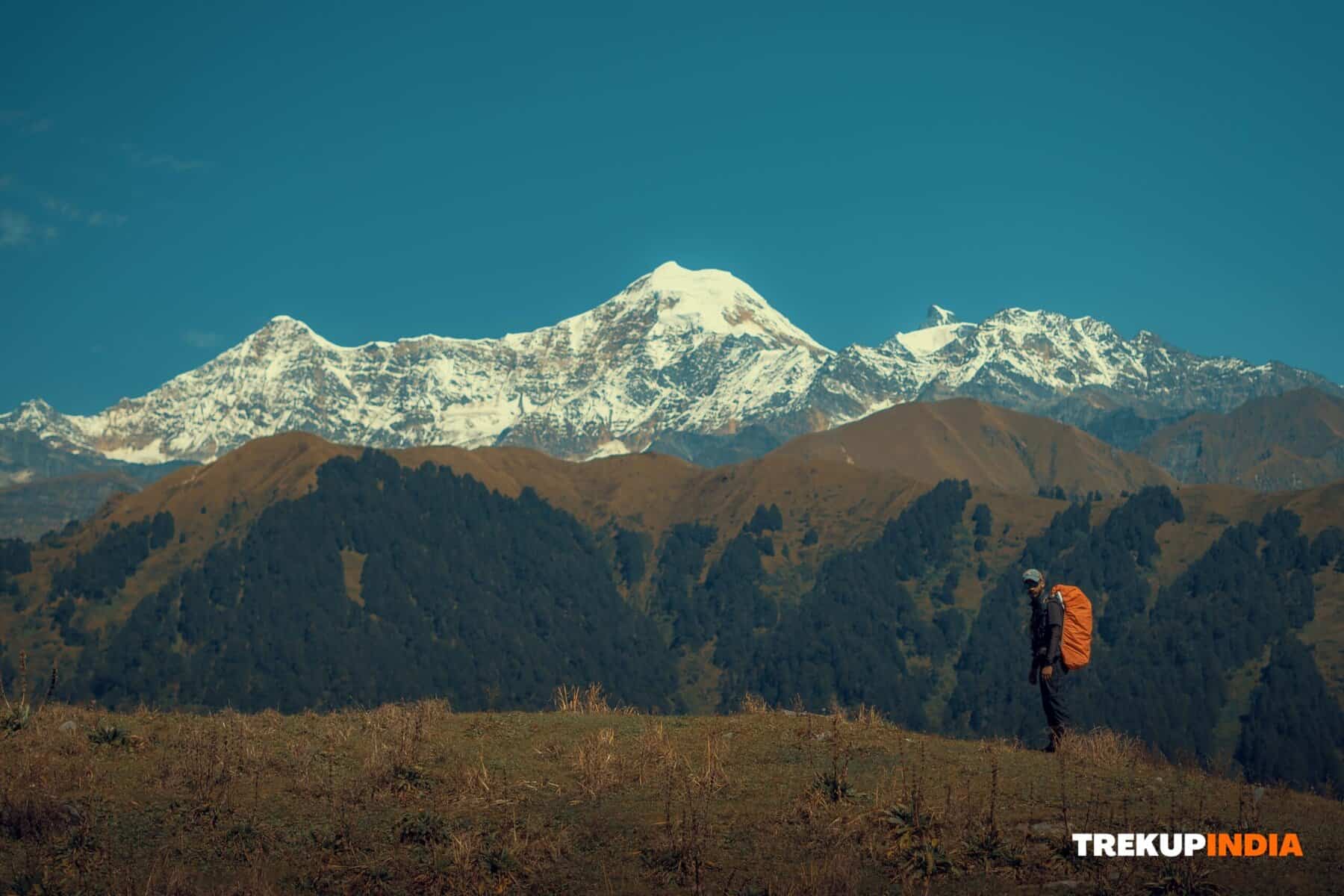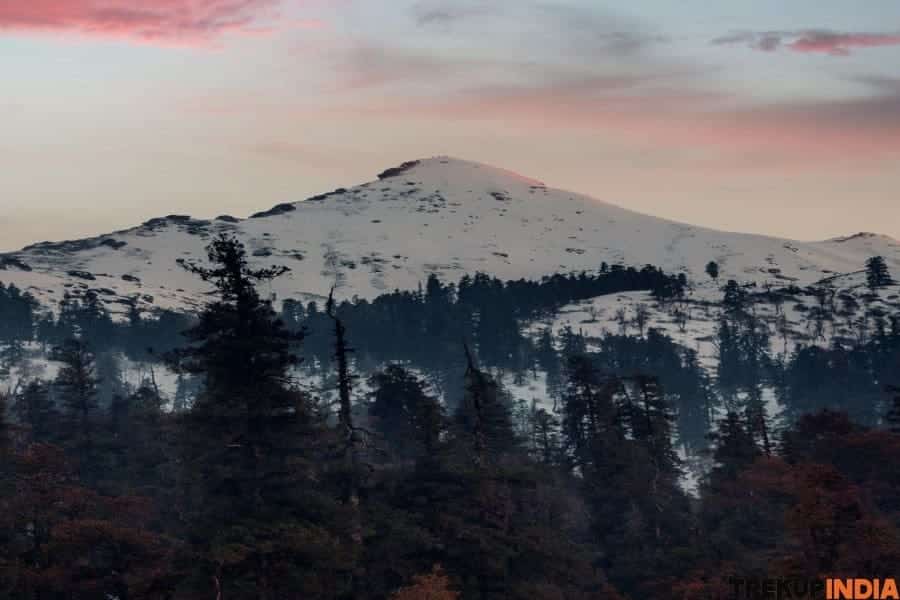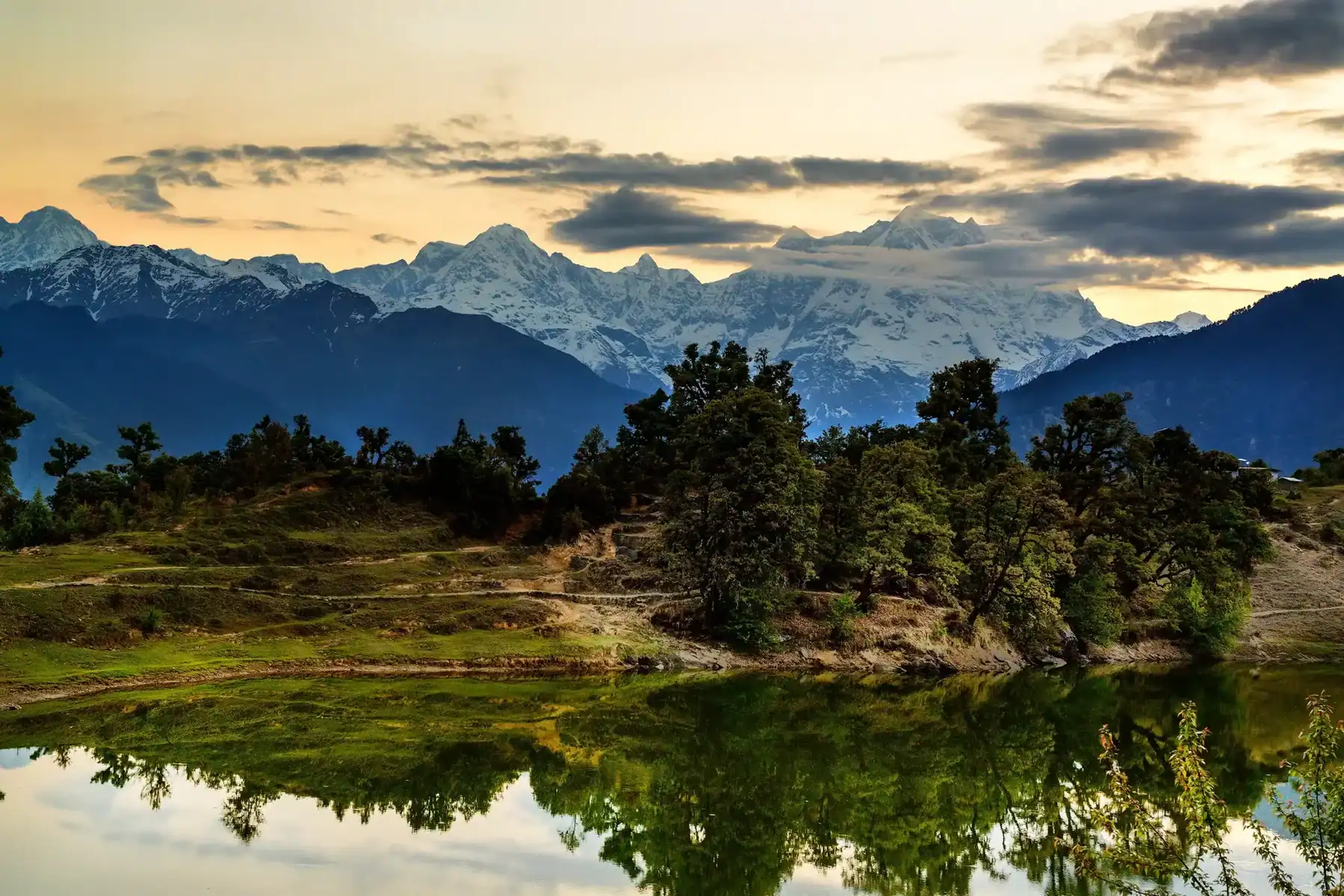Ratnagiri Fort Trek
Ratnagiri Fort Trek
The Ratnagiri Fort trek is a relatively unknown hiking trail located on the border of Karnataka and Andhra. This unique adventure is perfect for those seeking privacy, situated in the village of Ratnagiri, just 25 km from Madhugiri town in the Tumakuru district.
The fort spans multiple hillocks, with the primary structure on twin hillocks. While some structures are in ruins, others are still intact. History lovers will be especially captivated by this location, as it attests to the guidelines of the Cholas and Nayaks.
The ponds, temple, fort walls, watchtowers, armories, and ruins all have stories to tell about its remarkable past. Despite being a brief 2 km trek, the experience and breathtaking views are gratifying. It is a blend of knowledge, exploration, and endurance tests.
The trek is appropriate for both healthy novices and knowledgeable trekkers. However, caution should be worked out at one section where a 70-degree slope presents a challenge.
Best Time To Do Ratnagiri Fort Trek
The Ratnagiri Fort Trek can be undertaken without any limitations from October to February, through the optimum season for the journey.
During the post-monsoon season, the Anantapur forest range changes into a dynamic oasis blanketed with rich green foliage. Nevertheless, the views might be blocked, lessening the landscape’s visual appeal.
Before summer, the scenery appears more distinct. Nevertheless, it is vital to begin your hike as early as possible and reach the peak in time for breakfast. This is because as the sun ascends, the rock becomes too warm to rise.
Highlights of Ratnagiri Fort Trek
- The Ratnagiri Fort trek is a relatively unknown hiking trail located on the border of Karnataka and Andhra. This unique adventure is perfect for those seeking privacy, situated in the village of Ratnagiri, just 25 km from Madhugiri town in the Tumakuru district.
- The fort spans multiple hillocks, with the primary structure on twin hillocks. While some structures are in ruins, others are still intact. History lovers will be especially captivated by this location, as it attests to the guidelines of the Cholas and Nayaks.
- The ponds, temple, fort walls, watchtowers, armories, and ruins all have stories to tell about its remarkable past. Despite being a brief 2 km trek, the experience and breathtaking views are gratifying. It is a blend of knowledge, exploration, and endurance tests.
- The trek is appropriate for both healthy novices and knowledgeable trekkers. However, caution should be worked out at one section where a 70-degree slope presents a challenge.
Ratnagiri Fort Trek Detailed Trail Information
Starting from Ratnagiri village, a route enables cars to reach the Prashwanath Temple through the main entrance gate. Nevertheless, due to the narrowness of this roadway, it is recommended to park your car and proceed on foot. As you stroll along the course, seize the day to converse with the residents and participate in casual conversations. They get along and are receptive.
This will allow you to immerse yourself in their culture and lifestyle, enhancing your experience. If you choose to drive to the temple, you will lose out on this valuable chance.
Expect a historical well on your right-hand side as you go through the winding village path. You’ll come across the grand entrance gateway simply a brief range beyond the well. From there, continue forward for around 230 meters before turning left onto a side road. Proceed for another 170 meters, and you’ll come across the ancient Bhagwan Prashwanath Temple on your left.
This stunning structure boasts a distinct architectural style and is worth going to. After checking out the temple, take the straight road next to it, which causes a tranquil temple pond. You’ll find two routes there: one to the left and another that continues directly. Select the straight course to continue your journey.
Remember the small stone pond on your left as you venture onto the yard path. These fascinating developments add charm to your stroll through the village and yard. As you continue strolling, make sure to take in the breathtaking hillside views that surround you.
After approximately 200 meters, you’ll see a divergence on your left. While this alternate entry to the fort may seem inviting, it’s not recommended as there is no defined trail, and it’s impossible to trek from this point. If you have some extra time, do not hesitate to explore the ancient temple ruins and other structures at the base of the deviation.
Once you’ve finished exploring, return to the primary path and continue straight for 75 meters before turning left onto a narrow trail. This course results in Gateway Two and the start of the Stage I climb.
The path ahead is short but features a more pronounced incline than the preceding sections. As you approach the end of this section, you’ll observe a check dam on your right-hand side.
This dam was constructed as part of the stronghold process to guarantee a reputable water supply within the fort throughout the year. Following the check dam, right away is Gateway Three, the entryway to Stage II Climb.
From Gateway Three, trek through the rugged landscape for around 160 meters to reach the entryway of a smaller-sized hillock. Continue along the same path for an additional 200 meters to rise to the summit of the small hill, where a watchtower is located. The watchtower offers a breathtaking view of the village and the winding yard trail leading up to it.
From this viewpoint, a series of rock-carved stairs, nearly 70 degrees in incline, cause the summit—to work with utmost care when traversing this section. Designate one to 2 hours at the peak, depending upon your available time. Enjoy a meal at the summit and check out the watchtower.
The hilltop provides expansive views and a glance into the past, with ruins of armories, stone ponds, and various other structures. Please take note of the fort walls extending along the hills in numerous layers, a testimony to its rich history. Backtrack your actions through the same route, taking roughly an hour to come down. Bear in mind your footing, especially when browsing high sections.
How to Reach For Ratnagiri Fort Trek
To get to the Ratnagiri Fort Trek, you must take a trip approximately 127 km from Bengaluru to reach Ratnagiri village. This village is situated on the border of Karnataka and Andhra Pradesh, a part of Andhra Pradesh.
If you consider driving from Bengaluru to Ratnagiri, reaching the preliminary destination will take around 3 hours.
To get to Ratnagiri via public transit, you can take a KSRTC bus from Bengaluru to Pavagada. When you reach the Pavgada APSRTC Bus Station, you can change to a regional transport mode to continue your journey to Ratnagiri. The best method to find the most hassle-free alternative is to ask the locals for guidance, as they will supply you with the most updated details on reaching your destination.
Dates For Upcoming Treks
Want To Trek Like Pro?
Basically, watch these videos if you want to trek the same way professional trekkers do and make your skills better. These videos contain useful tips and techniques to further improve your trekking skills itself. These videos actually help both new and experienced trekkers improve their trekking skills. These videos definitely provide useful tips that make your trek better. We are seeing that these videos by Trekup India experts will only help you make your trekking skills better.







Know Everything About Acute Mountain Sickness
Acute Mountain Sickness occurs when people trek to high altitudes above 8,000 feet. This condition itself develops further due to reduced oxygen levels at such heights. Basically, as you go higher up, the air pressure and oxygen levels decrease, which causes the same problem. Acute Mountain Sickness surely causes headache, nausea, vomiting, and dizziness in affected persons. Moreover, peoples also experience difficulty in sleeping during this condition. To avoid mountain sickness, you should actually trek up slowly to higher altitudes. To learn further about this condition itself, watch the videos by Trekup India.





